Ordinary Plants In Extraordinary Gardens
runktrun
15 years ago
Related Stories

LANDSCAPE DESIGNDitch the Ordinary Ditch: Create a Realistic Dry Creek Bed
Here’s how to turn your water runoff system into an eye-catching accent for your landscape
Full Story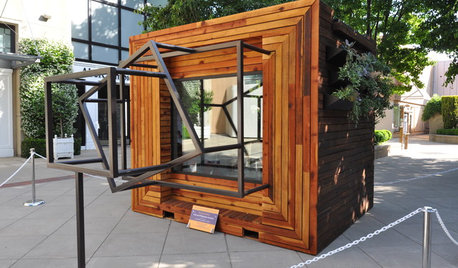
FUN HOUZZ11 Extraordinary Playhouses That Dream Big
Catch these imaginative custom playhouse designs before they find happily-ever-after homes off the show floor
Full Story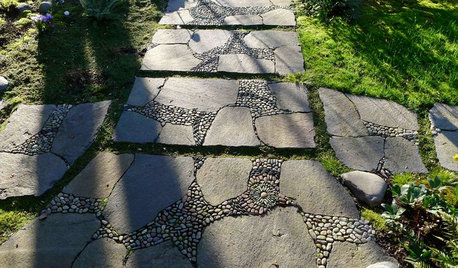
LANDSCAPE DESIGNHow to Design Garden Paths That Bring a Landscape to Life
We guide you through material and placement choices that will take your pathways from ordinary to extraordinary
Full Story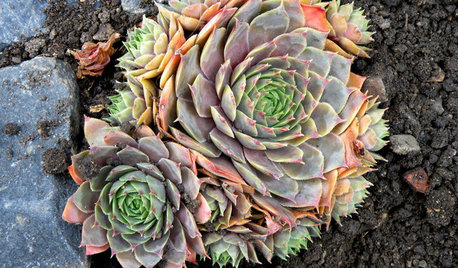
GARDENING GUIDESGreat Design Plant: Hens-and-Chicks
Plant Sempervivum succulents for fuss-free garden color and character all year
Full Story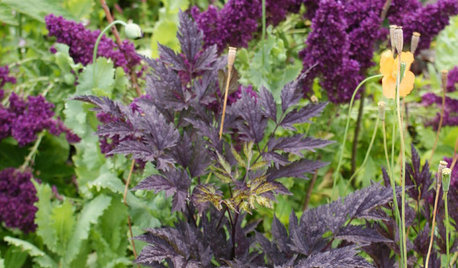
PURPLE FOLIAGEGreat Design Plant: Autumn Snakeroot
Venture fearlessly into the dark with this striking almost-black plant that brings a dramatic mood to the garden
Full Story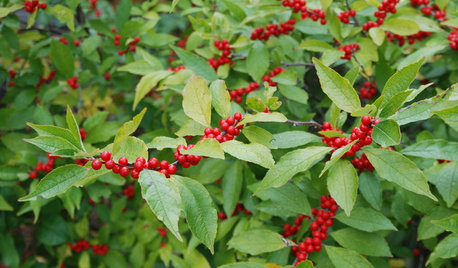
WINTER GARDENINGFire and Ice: 8 Plants That Blaze Once Frost Hits
Not everything in the garden sleeps in the cold — these plants rise and shine in fall and winter, bringing bright color to beat the blahs
Full Story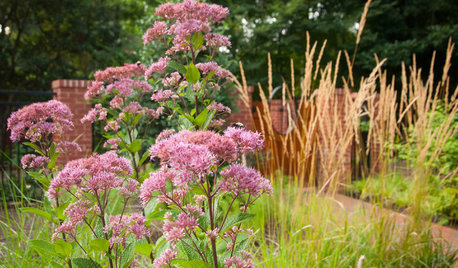
GARDENING GUIDESGreat Design Plant: Eutrochium Maculatum
Sculptural, slightly tropical looking and a boon to wildlife, Spotted Joe Pye Weed is a gotta-have plant in many parts of the U.S.
Full Story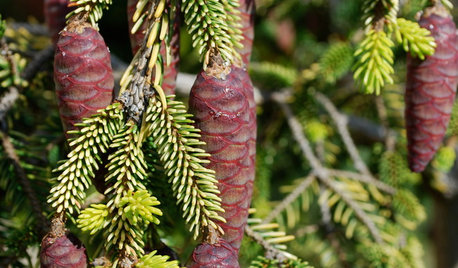
GARDENING GUIDESGreat Design Plant: Skylands Oriental Spruce, a Favorite Conifer
Brighten up a drab corner of your garden with Picea orientalis ‘Skylands’, a smaller spruce that a bird family might just call home
Full Story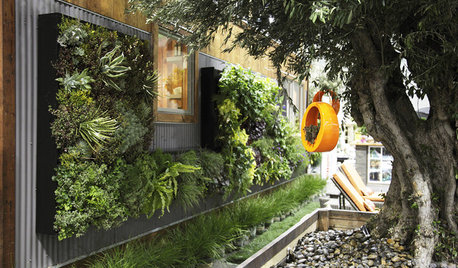
GARDENING GUIDESSucculents Juice Up Outdoor Gardens
Climbing garden walls or sprouting from cans and crates, succulent plants add a creative touch to ordinary landscapes
Full Story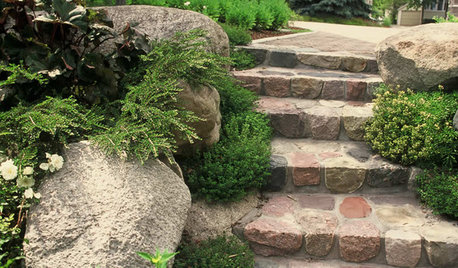
EDIBLE GARDENSHerb Garden Essentials: How to Grow Thyme
Common thyme and its flavorful cousins are anything but ordinary in the garden
Full StoryMore Discussions









runktrunOriginal Author
casey1gw
Related Professionals
Cary Landscape Architects & Landscape Designers · Forest Acres Landscape Architects & Landscape Designers · Rancho Cordova Landscape Architects & Landscape Designers · Finneytown Landscape Architects & Landscape Designers · Medford Landscape Contractors · Bedford Landscape Contractors · Hawthorne Landscape Contractors · Hilo Landscape Contractors · Longview Landscape Contractors · Waldorf Landscape Contractors · Goldenrod Landscape Contractors · Baileys Crossroads Landscape Contractors · Camp Springs Landscape Contractors · Fort Worth Decks, Patios & Outdoor Enclosures · Saint Louis Park Decks, Patios & Outdoor EnclosuresrunktrunOriginal Author
diggerdee zone 6 CT
WendyB 5A/MA
prairiemoon2 z6b MA
diggingthedirt
hunt4carl
diggerdee zone 6 CT
claireplymouth z6b coastal MA
lschibley
diggingthedirt
cloud_9
ego45
littleonefb
claireplymouth z6b coastal MA
runktrunOriginal Author
lschibley
Marie Tulin
runktrunOriginal Author
diggingthedirt
msyoohoo
claireplymouth z6b coastal MA
diggerdee zone 6 CT
WendyB 5A/MA
msyoohoo
lise_b
claireplymouth z6b coastal MA
msyoohoo
diggerdee zone 6 CT
Thyme2dig NH Zone 5
msyoohoo
diggerdee zone 6 CT
runktrunOriginal Author
msyoohoo
diggingthedirt
Thyme2dig NH Zone 5
diggingthedirt
Thyme2dig NH Zone 5
diggerdee zone 6 CT
ego45
hunt4carl
runktrunOriginal Author
Thyme2dig NH Zone 5
User
User
runktrunOriginal Author
silvergirl426_gw
Thyme2dig NH Zone 5
runktrunOriginal Author